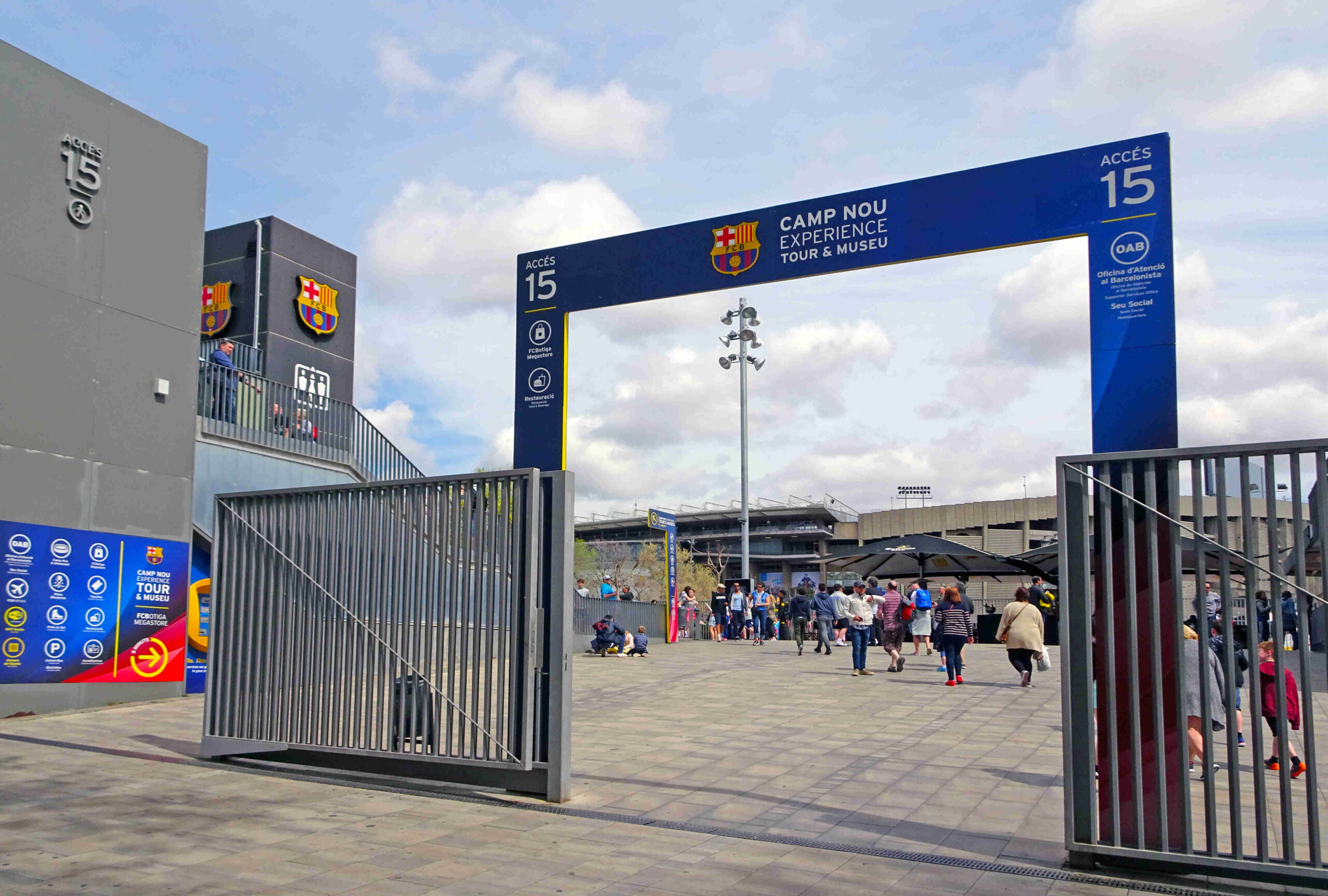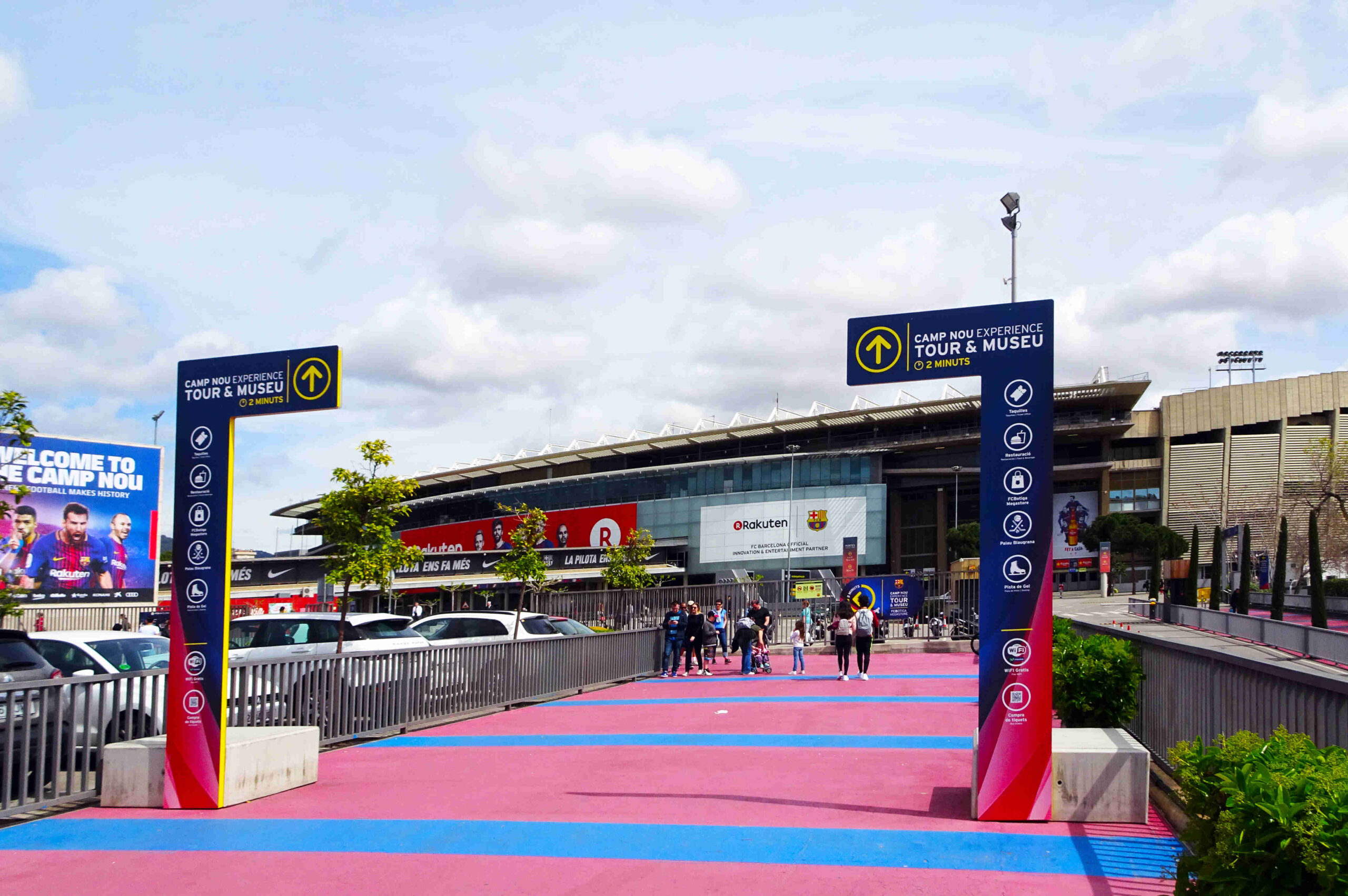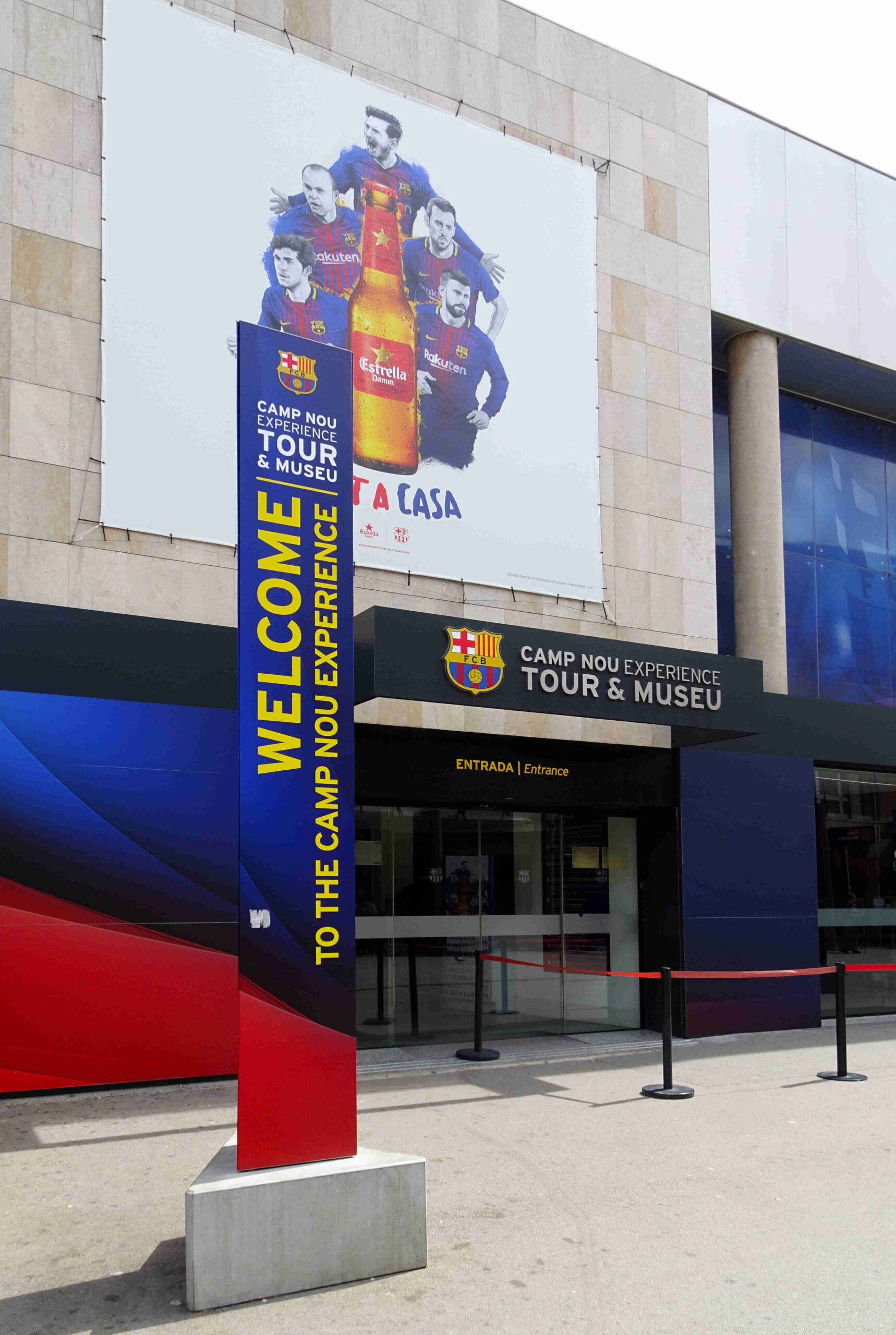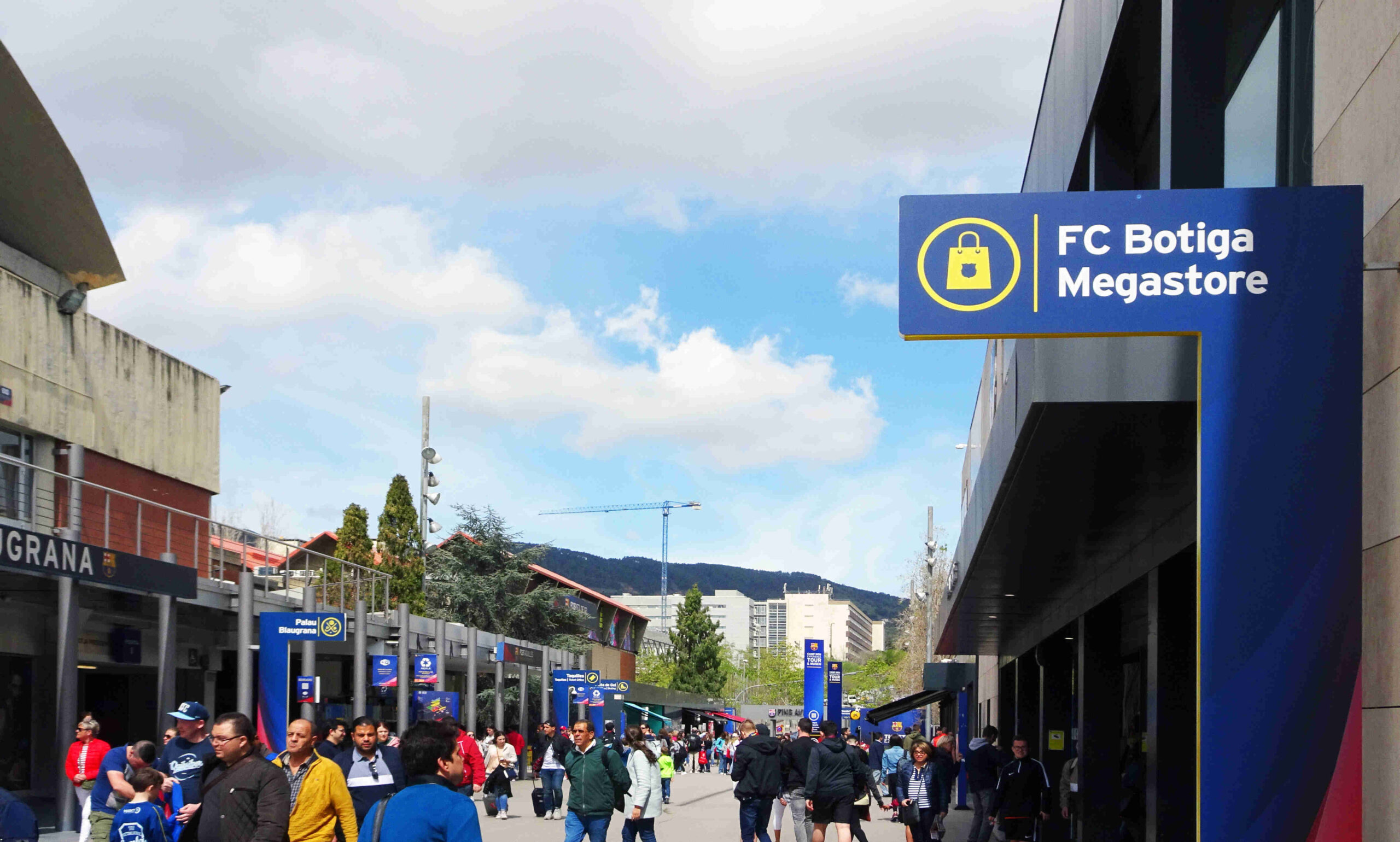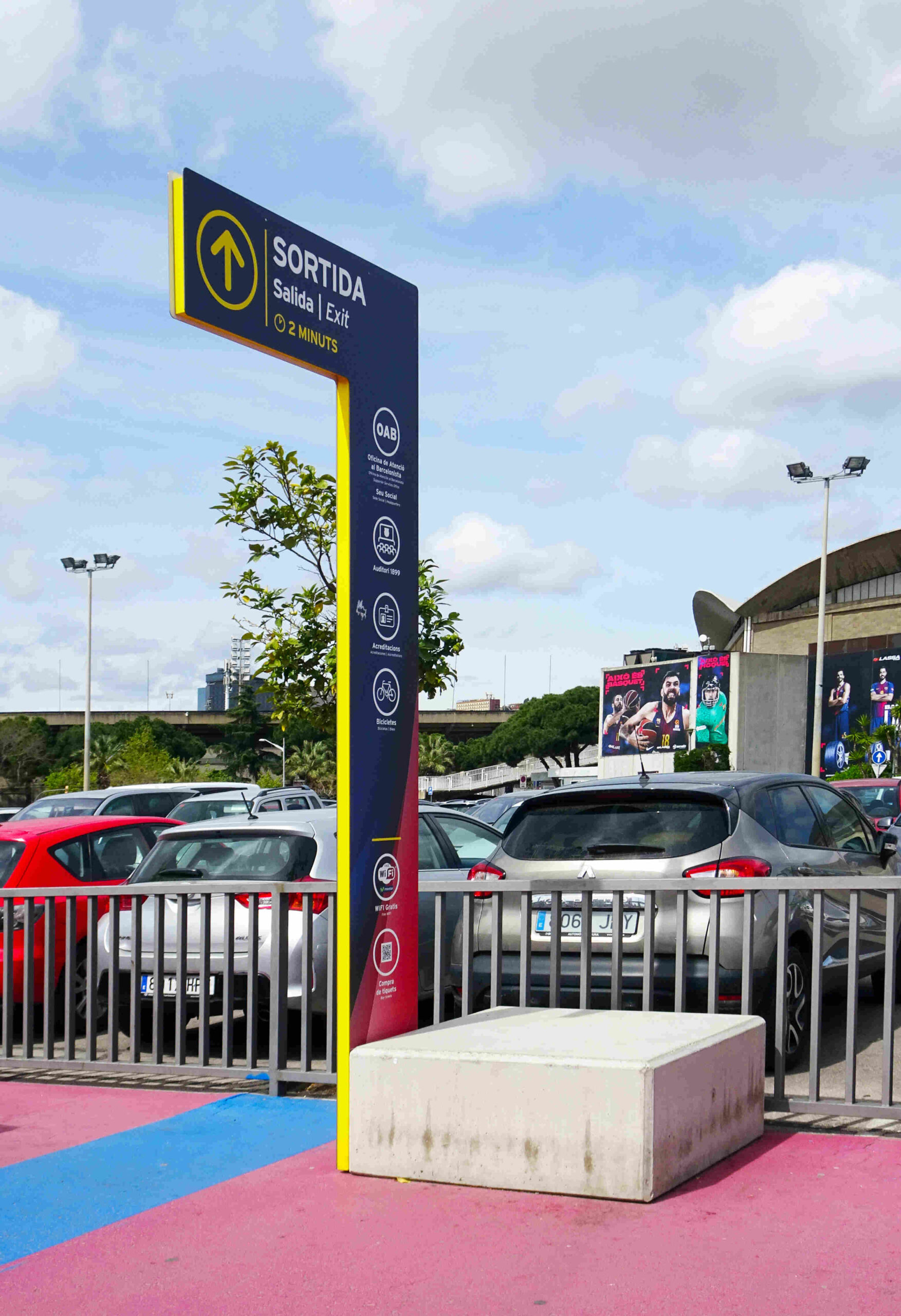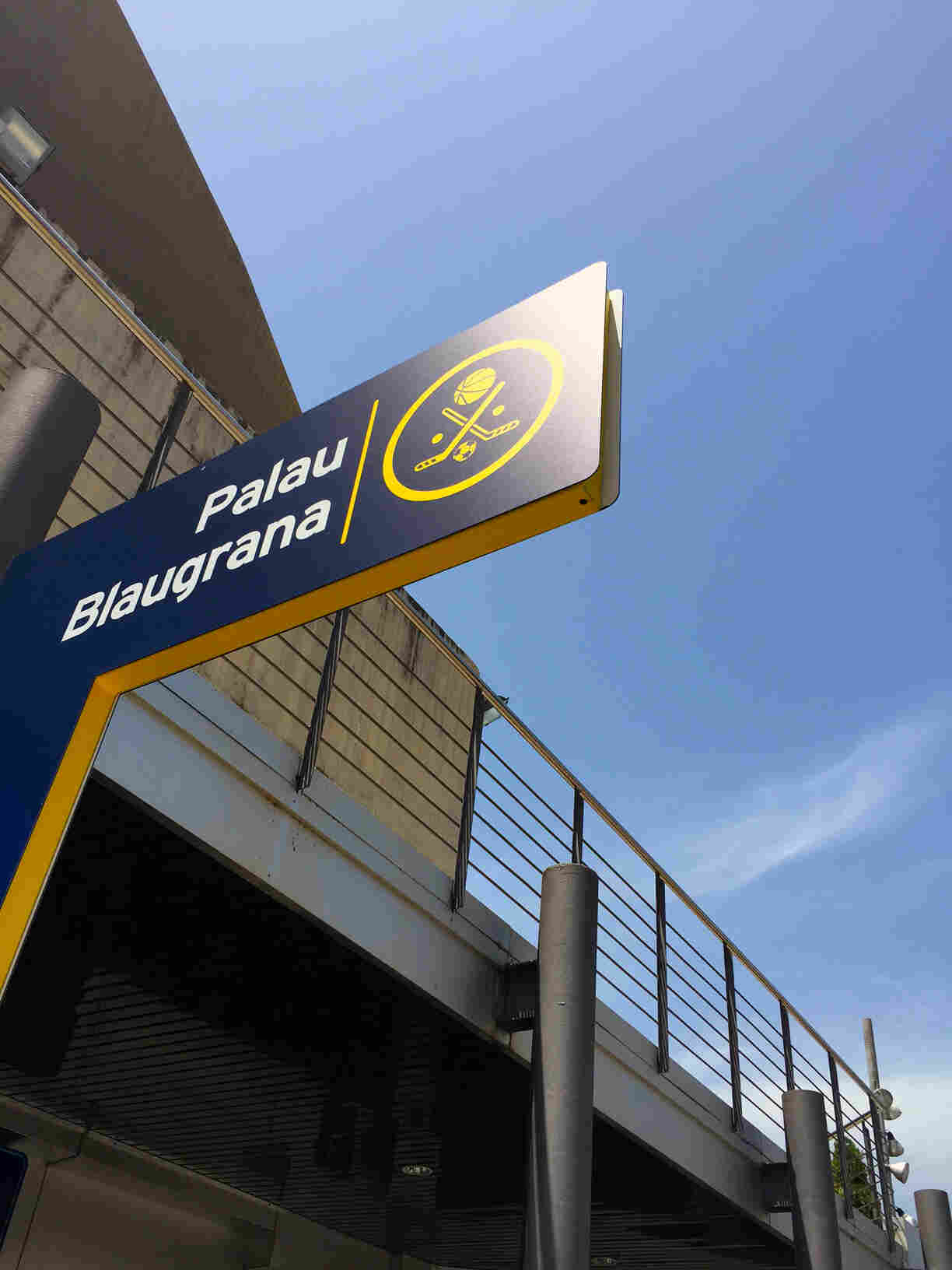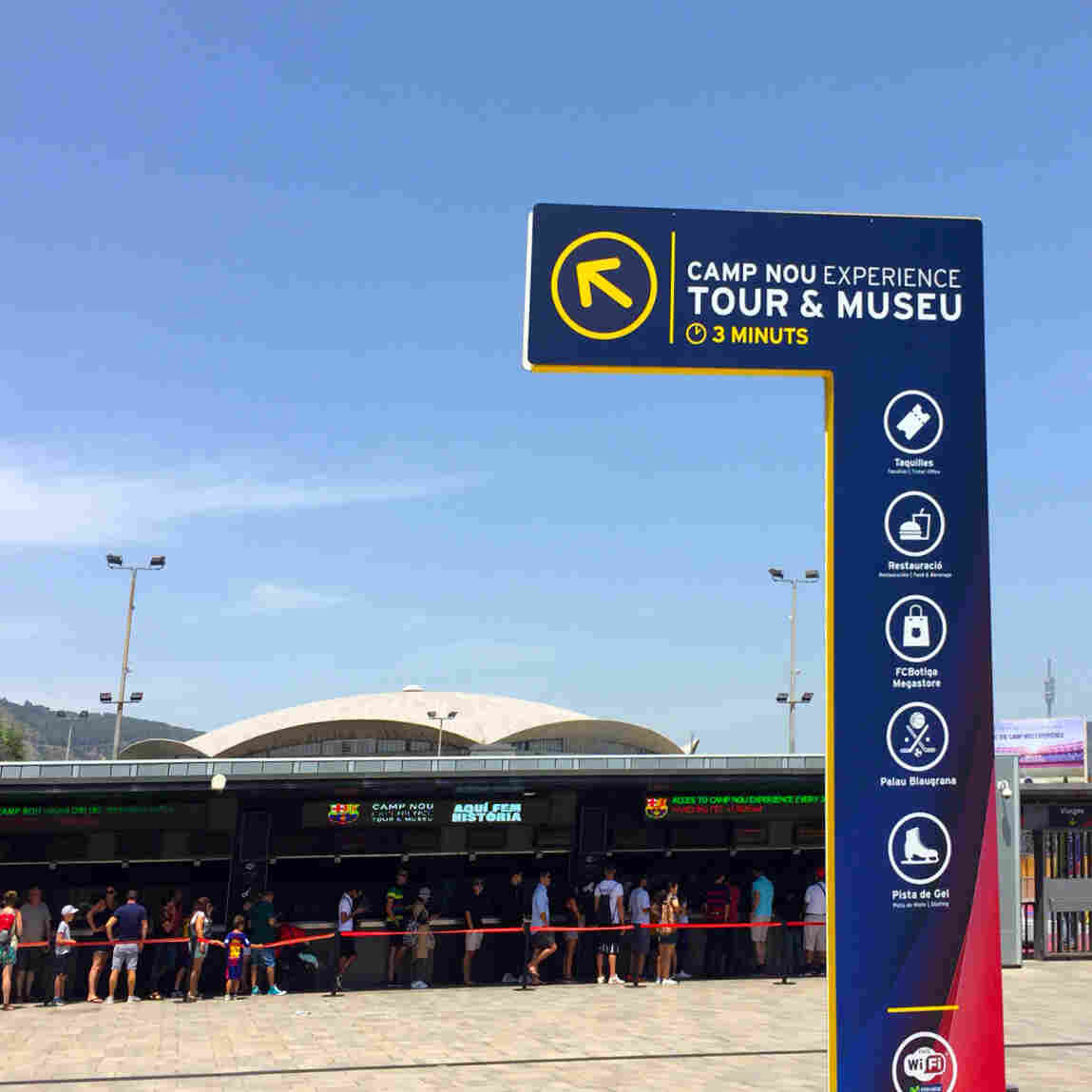Fútbol Club Barcelona
- Barcelona, España
Barcelona's most visited museum
For football fans, Camp Nou Experience is a unique opportunity not only to visit the Barcelona Football Club Museum, where you can see the great collection of historical pieces and all the trophies won by the club, but also have the opportunity to live the experience of Messi and all his teammates of the first team. The guided tour also includes a visit to the dressing rooms, the Presidential Box and the tunnel leading to the field of play, with the chance to step onto the Camp Nou turf, a perspective seen by the great figures of world soccer.
For several years, the Barcelona Football Club Museum has held the title of being the most visited museum in Barcelona with a number of visitors of 1,300,000 people. It is one of the main sites on the city’s tourist itineraries.

The permeability of the accesses to the Nou Camp and the crossing of the pedestrian and vehicle circuits around the stadium led Futbol Club Barcelona to rethink the traffic flows for the large number of fans who visit the Camp Nou Experience on a daily basis.
To this end, it launched a competition for the design of signage at the entrance to the Museum with three main objectives. The first was to ensure that visitors made the correct and safe route from Gate 15 by avoiding the strong attraction of the stadium façade, which directs the public in the wrong direction of the route.
The second objective was to give the entrance to the Camp Nou Experience a visibility and entity on a par with the Museum’s potential and to give it as much or more prominence than the Botiga del Barça, which is located next door and is of more recent construction. The third objective was to reorder the identification of all the services found on the Boulevard in order to improve the visibility of the offer to members, supporters and visitors. The whole programme had to convey the excitement of the ‘fan’ phenomenon surrounding Barça.
For this purpose, SIGNES designed structural totems fixed on concrete pieces or on existing furniture and/or façade supports which, as large angles placed in a staggered manner on both sides of the route, define the circuit as large goals to be crossed until reaching the destination. The façade of the Museum was highlighted with a structural projection that functions as a false canopy, lined with composite panels, to give prominence to the entrance door, which together with large images of exciting moments in the club’s history on both sides of the entrance and two self-supporting triangular totems in front of it, emphasise its visibility.
A series of panels around the perimeter of the stadium complement the information with time and distance to the destination to facilitate the experience.

